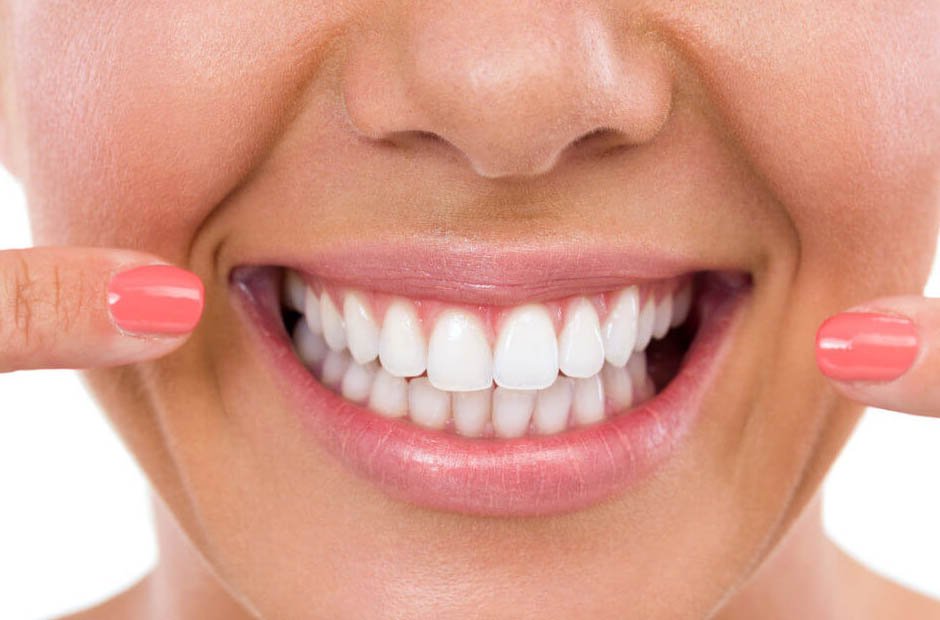Welcome to our informative guide on the use of Philips Zoom Lamp for teeth whitening, especially when dealing with cracked teeth. In this article, we will explore the possibilities, considerations, and limitations of teeth whitening using the Philips Zoom Lamp on teeth with cracks.
Understanding Teeth Whitening Legality and Safety
Before delving into the specifics of cracked teeth and Philips Zoom Lamp, let’s establish a fundamental understanding of teeth whitening practices, legality, and safety.
1. Legal Requirements for Teeth Whitening
It’s essential to recognize that teeth whitening is a regulated procedure in many regions. Typically, it can only be performed legally by licensed dentists. Dentists have the necessary expertise to evaluate the condition of your teeth and determine if they are suitable for the whitening procedure.
2. Limitations on Beauticians
It’s important to note that beauticians are no longer authorized to provide teeth whitening services in many areas. This change in regulations is due to the fact that beauticians lack the medical qualifications required to perform teeth whitening safely. Therefore, if you are considering teeth whitening, it is crucial to have it done by a licensed dentist.
Methods of Teeth Whitening
Now, let’s discuss the various methods available for teeth whitening, including their suitability for cracked teeth.
1. Over-the-Counter Kits
Over-the-counter (OTC) teeth whitening kits are accessible without a prescription. While they offer the convenience of at-home whitening, their effectiveness can vary. However, it’s important to note that these kits are generally not recommended for individuals with cracked teeth, as they lack the professional supervision necessary for such cases.
2. Dentist-Administered Whitening
Professional teeth whitening procedures performed by dentists are highly effective and safe. Dentists have the expertise to assess the condition of cracked teeth and tailor the treatment accordingly. If you have cracked teeth and are considering teeth whitening, consulting a dentist is essential to ensure your safety and the best possible results.
3. Dentist-Supervised Home Kits
Some dentists offer customized home whitening kits, providing patients with professional-grade materials and guidance. While these kits can be effective for teeth whitening, they must be used under the supervision of a dentist, especially when dealing with cracked teeth.
Philips Zoom Lamp for Cracked Teeth
Philips Zoom Lamp is a reputable teeth whitening option. Here, we examine its suitability for individuals with cracked teeth.
1. Professional Evaluation Required
If you have cracked teeth and are considering teeth whitening with Philips Zoom Lamp, it is crucial to seek professional evaluation by a licensed dentist. Dentists can determine whether the cracks are superficial and safe for whitening or if alternative treatments are needed to address the cracks first.
2. Effectiveness and Safety
When administered by a qualified dentist, Philips Zoom Lamp can effectively whiten teeth. However, the safety and suitability of the procedure depend on the extent and nature of the cracks. Superficial cracks may be safe to whiten, while deeper or structurally significant cracks may require different dental interventions.
3. Temporary Sensitivity
As with any teeth whitening procedure, individuals may experience temporary tooth sensitivity after using Philips Zoom Lamp. This sensitivity usually subsides within a few days to a week and is not necessarily related to the presence of cracks.
Considering Alternative Solutions
If your dentist determines that teeth whitening with Philips Zoom Lamp is not suitable due to the nature of your cracked teeth, they will recommend alternative treatments. These may include dental bonding, veneers, or other restorative procedures to address the cracks before pursuing whitening.
Conclusion
Teeth whitening with Philips Zoom Lamp is a viable option for many individuals seeking a brighter smile. However, when dealing with cracked teeth, it is of utmost importance to consult a licensed dentist for a thorough evaluation and personalized recommendations.
Your dentist will assess the extent and nature of the cracks and determine whether teeth whitening is a safe and appropriate option. Prioritizing your dental health and safety is key to achieving a beautiful, radiant smile.
















